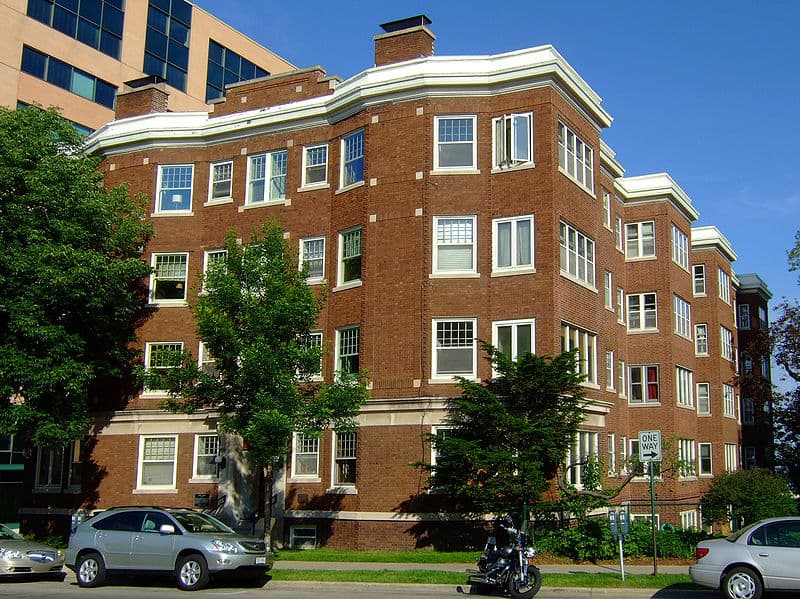Oakville and Burlington see shift in rental prices
Published October 21, 2019 at 12:41 pm

If you’re looking for an apartment, you still have to grapple with a challenging rental market marked by high prices and low inventory–but you might find that prices have decreased a tiny bit mont
If you’re looking for an apartment, you still have to grapple with a challenging rental market marked by high prices and low inventory–but you might find that prices have decreased a tiny bit month-over-month in Oakville. Burlington, meanwhile, has seen a price increase.
According to the recently released October National Rent Report, produced by Rentals.ca and Bullpen Research & Consulting, the average monthly rent for a one-bedroom home is down month over month in both Oakville and Toronto, but Toronto still boasts the highest rates in Canada.
Interestingly enough, a growing Ottawa suburb, Kanata, has taken the top spot for highest rent for a two-bedroom at almost $3,000 a month.

In Oakville, the average monthly rent for a one-bedroom home in September was $1,767 placing the city in 8th place on a list of 34 Canadian cities. The municipality finished 6th for average monthly rent for a two-bedroom at $2,395.
One-bedroom prices slipped 1.6 per cent and two-bedroom prices dropped slightly 0.4 per cent month-over-month.
In Burlington, the average monthly rent for a one-bedroom home in September was $1,821 placing the city in 7th place on the list. Burlington finished 6th for average monthly rent for a two-bedroom at $2,215.
One-bedroom prices increased 1.6 per cent and two-bedroom prices went up 4.6 per cent month-over-month.
Renters are still paying more in Toronto, Vancouver, and Richmond Hill.
That said, rental rates are up overall.
The report says that median rents in Mississauga have risen from $2,173 in the fourth quarter of 2018 to $2,336 in the third quarter of 2019.
The report also says the median rent in Brampton for all property types has risen more than $300 from $1,942 in the fourth quarter of 2018 to $2,250 in the third quarter of this year.
The average Canadian property was listed for $1,954 per month in September, an increase of 2.1 per cent compared to August. The national rental rate in September just topped the previous high-water mark for the year of $1,953 in June, according to Rentals.ca data.
In the same report, Rentals.ca explores the question of whether the Oct. 21 election will make a difference when it comes to low vacancy rates, high rents and the affordable housing crisis in Toronto and the GTA.
“The housing measures proposed (by candidates) won’t likely be able to restore the balance between supply and demand in British Columbia and Ontario, as demand continues to be held up by strong population growth,” that report reads.
On a provincial level, Ontario had the highest rental rates in September, with landlords seeking $2,334 per month on average (all property types), an increase of 0.5 per cent from August ($2,321).

The report points out that a studio unit in Ontario is more expensive to rent than a three-bedroom home in Alberta, Manitoba and Saskatchewan.
“Housing affordability continues to be a hot button issue with voters going into the federal election,” said Ben Myers, president of Bullpen Research & Consulting. “And potential policy changes that would make it easier for first-time buyers to purchase a home may take pressure off the rental market, which continues to rise nationally, despite the market softness in the prairie provinces.”
The National Rent Report charts and analyzes national, provincial and municipal monthly and quarterly rental rates and market trends across all listings on Rentals.ca for Canada.
insauga's Editorial Standards and Policies advertising





